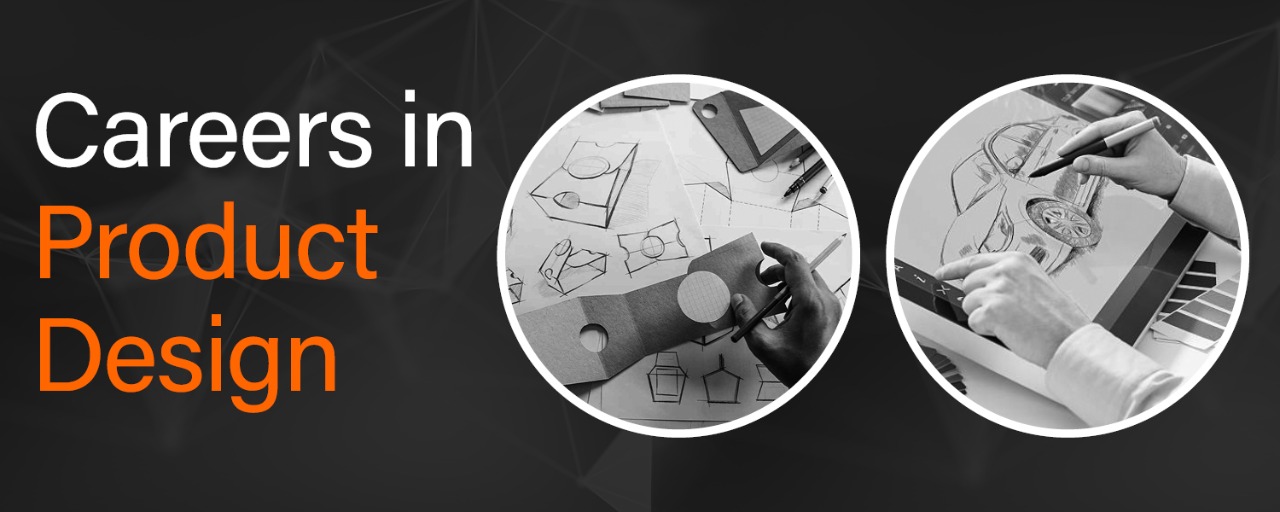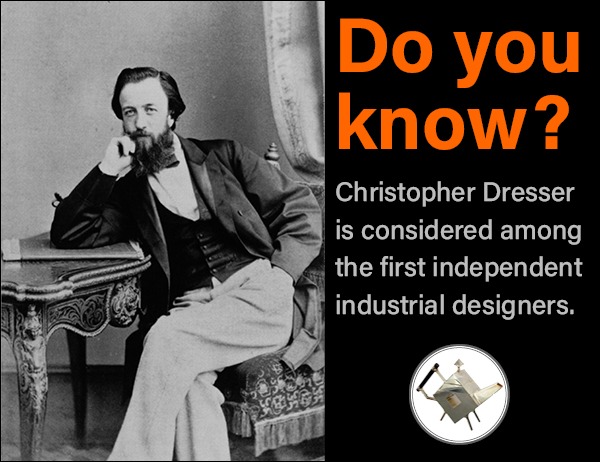Careers In Product Design

The growth of Industrialisation and mechanization that eventually began with the industrial revolution in the mid 18th century gave birth to industrial design. Product design being a subset of Industrial design is widely chosen as a career option by young creative minds today. With the rise of product design, the way of looking at objects are completely changed and urbanization took over the patterns of consumption and broadened the growth of empires. Product design being a wide part of the consumer market today is highly in demand by various global and national companies.
MIT School of Design is one of the various schools and Institutions which specializes in the Product Design course. Here at MITSD students inculcate all the required skill sets to make the learners professionally equipped to lead in the industries.
An Overview of Product Design
Talking about a career in product design which is basically on the broader side of both arts and engineering combined is undoubtedly one of the most recommended courses. The Product Design course includes the artistic capacity of a student to conceptualize and create the blueprint of a product and to use science and technology to create the same in reality. It is to take a product beyond a simple task. It is to be made extremely efficient, functional, and easy to use as well as visually appealing to the target consumers of the product.
Product Designers work in one of two ways mentioned below:
- In-house companies - Here they work closely with the marketing department of a company to modify the existing company products and design new products for the same.
- Consultancy-based designs - Here the designing takes place as per the needs of various approaching clients to the designers.
Product Design Career Path
There are several diploma courses and graduate courses to pursue in order to become a product designer in India. These courses are mostly available to those students who have passed their 12th standard from any recognized board of education. Institutes such as the National Institute of Design (NID) and some IITs offer bachelor’s degrees in Product Design/Industrial Design. Other institutions such as MIT School of Design provide a fully technology-driven Product Design course to their students. Once a student is a graduate in B. Des Product Design he/she has a plethora of career options. The job roles, skills, and performance of a designer decides the initial package he/she bags in ranging between 3 lakhs per annum to 10 lakhs per annum initially. Here are some of the well-known companies that hire product designers:
- WIPRO
- Amazon
- Flipkart
- Accenture
- Myntra
- Bajaj
- Reliance Entertainment
- Red Chilies Entertainment
- Godrej
Who Can Become a Product Designer In India?
One of the rises at present in the industry is for the digital product designers and for the student who believes in upskilling for a career in product design below listed are some of the attributes he/she need to cultivate as a designer in the industry:
1. Self-driven:
As a designer today one is expected to be creative enough to take the initiative of their ideas into action. In this fast-paced world, companies must hire professionals who must keep up their speed to work with the speed of this industry. The leading tech giants today do not have a stereotypical working pattern. These companies expect their designers to be able to present solutions that solve their business problems. The product designers are required to have various approaches such as design reviews, cross-functional sprints, etc to solve a problem efficiently.
2. Technology Ready:
Some of the core skills that are needed for great product design services are research, empathy, inclusion, and innovation. It is a must for digital designers today to have the ability to investigate and analyze the work from the point of view, of a consumer. For example, a teenager can use a completely different set of requirements in comparison to an elderly user. Therefore a designer must be inculcated with all the new skills and technologies to create a design that can scale, designers, need to perceive the problems of every user and address them pre-emptively.
3. Value-oriented:
The designing tools and services are to become more automated in the future. Some of the tools are already being used, for instance, Coolors. co, which is a super-fast color schemes generator that reduces time spent on creating a color theme when designing UI. With time and as the technology becomes more intelligent designers will be required to be more value-oriented to enhance the consumer’s lifestyle. As machines become more intelligent, they enable designers to become more value-oriented to enhance a user’s lifestyle.
Careers in Product Design are already extending opportunities to aspiring professionals and students looking to join the race. The MIT School of design makes sure to develop a competitive edge by joining these high-growth segments when they are in a relatively embryonic stage. Doing so might make all the difference in a student's professional journey.
Growth Of Digital Design
The demand for digital designing skills is increasing tremendously. The question here is what kind of demands are these industries looking for? As per a McKinsey report, it indicates that only 11 percent of people used telehealth in 2019. However, by May last year, almost 50% of all in-person visits were converted into digital ones. Here it indicates that even the scheme of user consumption is changing. Even the bigger companies like Apple that produce physical products are reimagining their customer, sales, and strategies. Every company today wants a bigger piece of the market. For the same things and marketing are required to be done digitally for which designing comes into space. That is why as per research almost 10.4% of the companies have executive-level positions for design professionals.


Future Of Product Design In India
As per the current technology space and scenario in India which is somewhat driven by the vision of “Atma Nirbhar Bharat” the process of a digital India is now indigenous. With this, the possibility of creating and developing products in India by India is unlocked. As an example to which we have already seen interesting products in the market over a short period, these are majorly those products and services that were formerly sourced from other countries. Mitron, Josh, JioMeet, Kaagaz, FAUG (Fearless And United Guards) are some of the services and products. Hence the overall prospects of growth in our country for design and specifically Product Design are growing at a rapid speed.
Careers In Product Design- FAQs
Q.1 How is a product designer different from a UX designer?
Ans. The key difference is that a UX designer makes a product user-friendly or easy to use while a product designer ensures that the product is cost-effective and makes sense in the current economy.
Q.2 What are the skills required for Product Design?
Ans. Product design needs thought-through methods, therefore one should have good cognitive skills, creativity skills, quick learning skills, technical skills to make a successful career in this field.
Q.3 What is the starting salary package of Product Design?
Ans. The average package for freshers of the product design field ranges from Rs 4 lakh per annum to 8 lakh per annum. However, if one completes the degree from top design institutes then they can even bag offers above Rs 20 LPA.
Q.4 Is there any master’s degree that can be pursued after completing a degree in B.des Product Design?
Ans. Yes, a student can opt for a master’s in product design after the bachelor’s degree. Courses such as M.Des in Product Design, MA in Product Design, M.VoC in Product Designing, etc.
Q.5 Are bachelors in Product Design and bachelor in Industrial Design similar?
Ans. The thin line between the two is often debatable and confusing. Despite having some common features both the courses are different from each other. A Product Design is creating innovation with an Artistic mind. It focuses more on the Mechanics to create a new product variety and modify the existing one.
An Industrial Design is about creating innovative ideas about mass production. It involves transferring and customizing designs to make them prepared for manufacturing. It applies only to industrial products as an outcome of mass manufacturing.